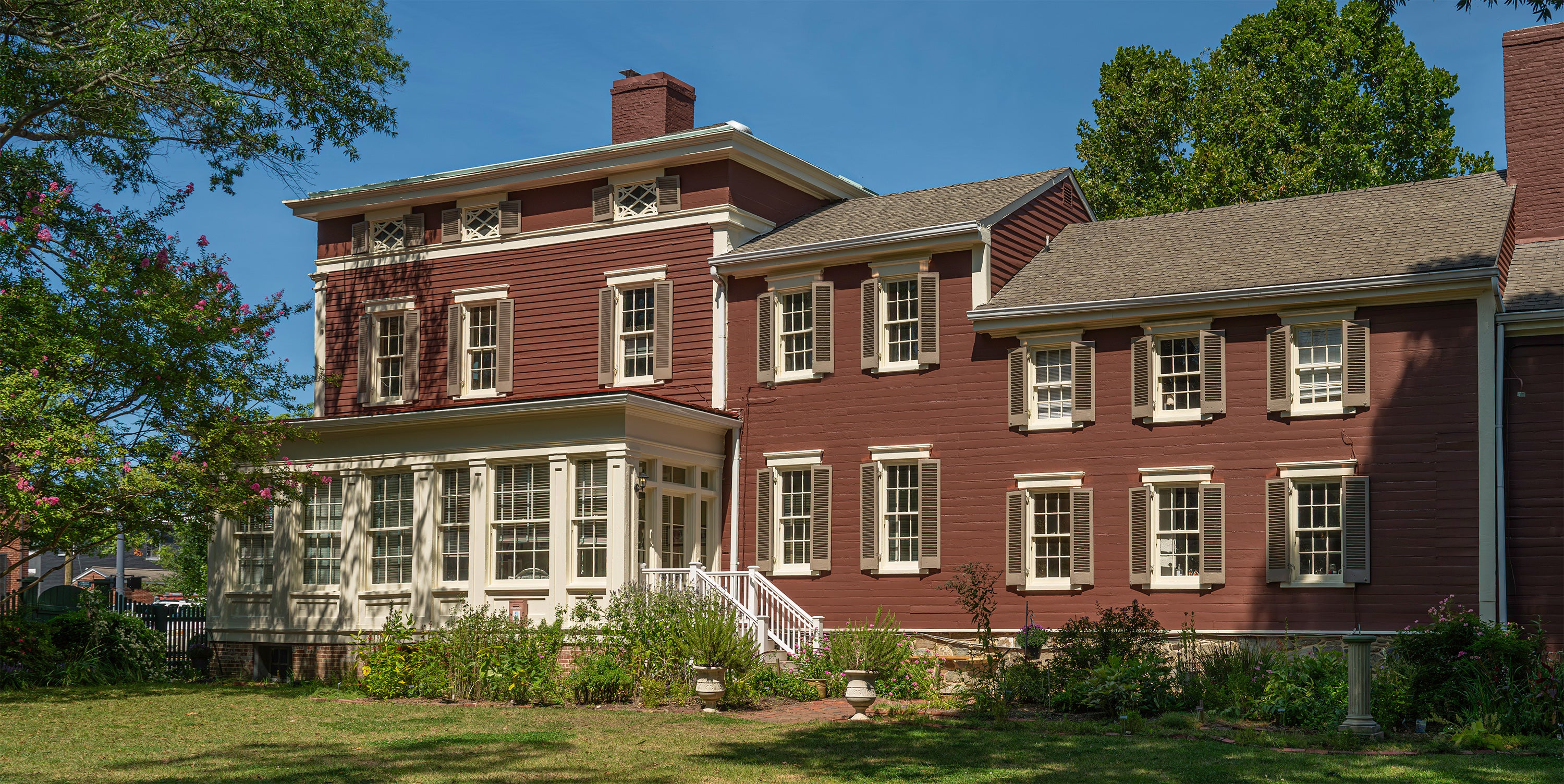
Explore Centuries of History
Winter Events
-

Lantern Tours
Tour the historic Lee-Fendall House at night by lantern light! Learn about the history of the home after hours on this guided experience.
-

The Women of Lee-Fendall
Learn the lives of the women who lived and worked in the Lee-Fendall House during its private ownership and early years as a museum.
-

Beyond the Battlefield: A Civil War Walking Tour of Alexandria
This walking tour tells the stories of soldiers, citizens, and self-liberated African Americans in Civil War Alexandria.



